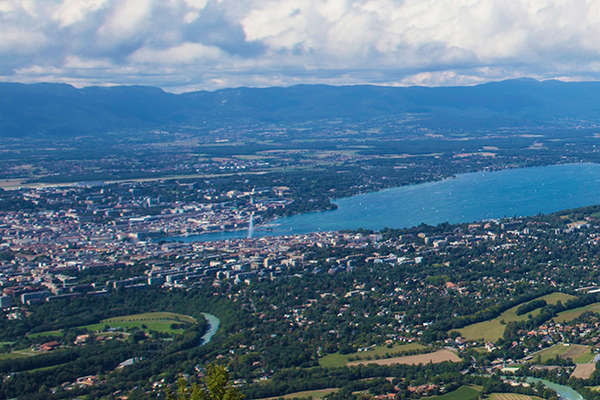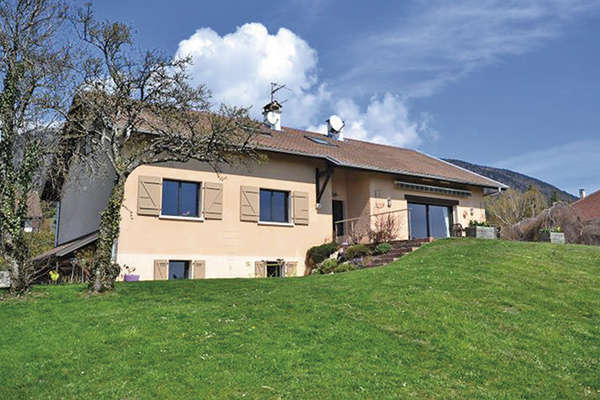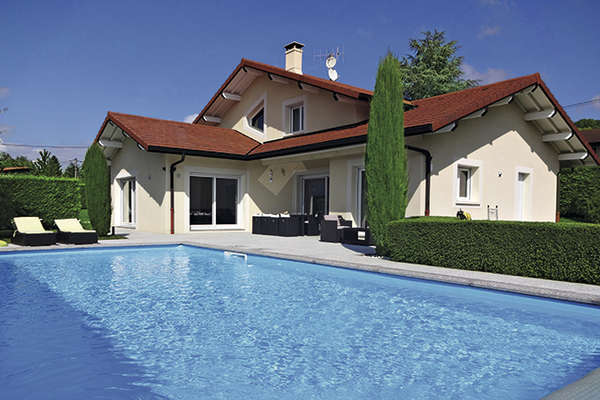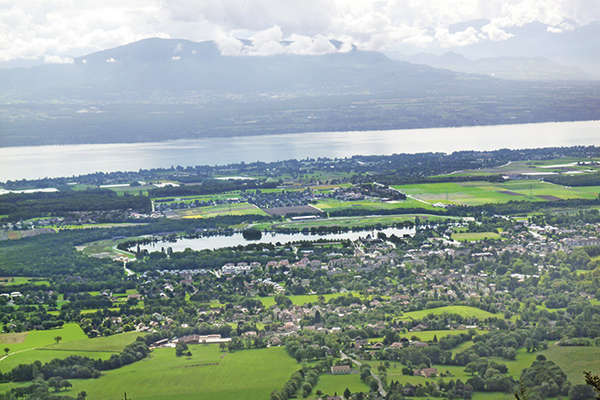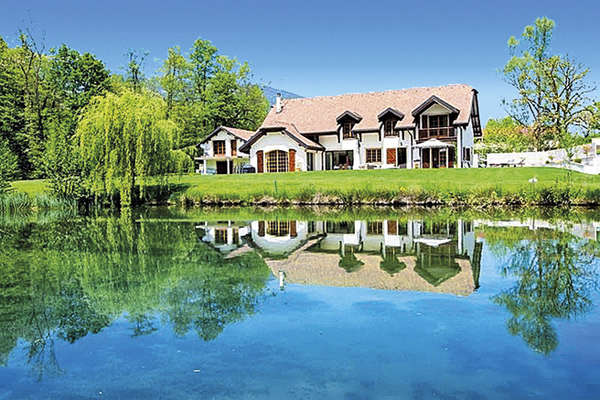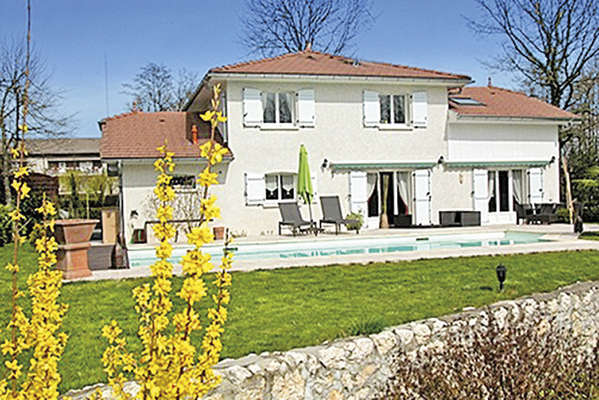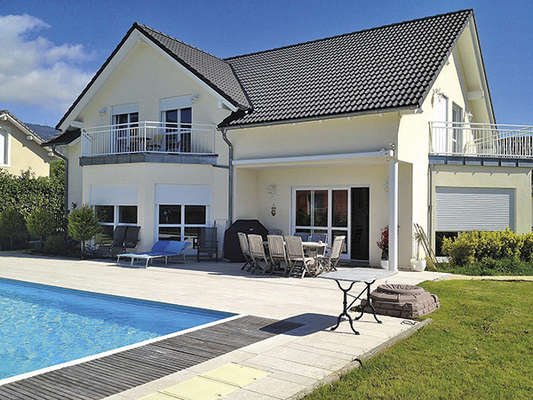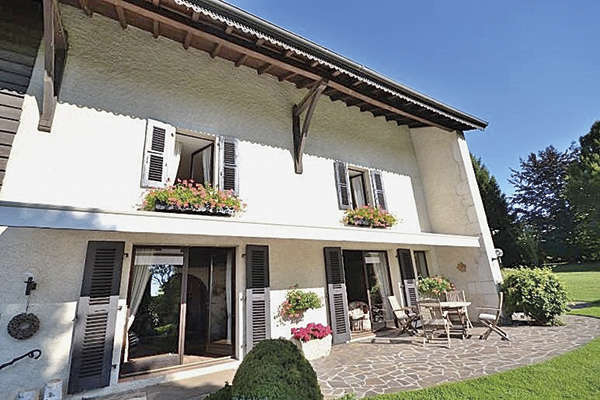The east side of Toulouse, a dual vocation
By Laetitia Rossi - 10 August 2010
Balma, Saint-Jean, L’Union, Gramont and Rouffiac-Tolosan offer a rural and residential suburban area, while Bruguières, Gratentour, Labastide-Saint-Sernin, Bouloc and Bessières propose good-sized plots at similar prices and numerous solutions for first-time buyers.
Forgotten the rural past of Balma : the commune now hosts nearly 13,000 people and the headquarters of the 11th Parachute Brigade. Saint-Jean, with 9,670 residents, is a pleasant and easily accessible address with a full array of amenities. Close to the A68 motorway, it also offers business activity zones. With a clinic, three primary schools and an intermediate school, L’Union is proud of its sports association with no less than 5,000 members. Offering a supermarket and Metro service, as well as city buses, Gramont places its bets on convenience. The O Saveurs restaurant with its Michelin star is a standard-bearer for the discreet Rouffiac-Tolosan, known for its vast wooded grounds. Far from being dormitory outposts, these villages hang on fiercely to their identities, wanting to remain independent of the great metropolis of Toulouse. Almost exclusively devoted to individual housing, Bruguières, Gratentour, Labastida-Saint-Sernin and Bouloc accommodate less than 5,000 residents each, like Bessières, a locality surrounded by vineyards and wooded hills on the banks of the Tarn, 32 km from the Rose City. Buyers ready to accept daily commuting benefit here from much more space.
“The quality of the roads to Balma, Saint-Jean, L’Union, Rouffiac and Gramont leaves no-one in any doubt,” says Laurence Guiraud of Castelmaurou Immobilier. Families appreciate the pleasant life-style, tranquil countrified environment, together with the sound infrastructures provided for residents. Most transactions are concluded in the 250,000-300,000 € bracket : houses of 120 m2 built in the 1960’s-1970’s with gardens of 500 m2, or more recent terrace houses. First-time buyers pay up to 220,000 € for “pavillons”. Often born in the region, they hope to move closer to their parents after their studies in the capital of Haute-Garonne. Some wealthy individuals abandon sought-after neighbourhoods in the City of Violets to live in Balma or Rouffiac, whose prestigious gated estates consist of architect-designed houses of about 200 m2, built over the past decade and costing from 700,000 to 1 million euros. However, this segment, still overpriced, is finding it hard to get going again. The market for apartments, less active than that of houses, posts similar prices to those in Croix-Daurade, a neighbourhood in Toulouse on the far side of the Rocade. Our estate-agent notes one or two changes in clients’ behaviour : they are no longer as fond of large gardens, whose maintenance is time consuming and expensive, as they were before. And then, everyone is focusing on the “green” issue and energy performance. A trend that explains the lower value of housing built at the end of the last century, and conversely the rising cost of building land, a scarcity starting at 200,000 €, the budget currently required for a plot of 1,000 m2.
“Between the Bordeaux and Albi motorways, Bruguières, Gratentour, La Bastide-Saint-Sernin, Bouloc and Bessières, a village somewhat further out, consitute fall-back markets for those mentioned previously. The gardens are larger and the communes much less built-up. A 30-minute drive suffices to reach the landmark of the Place du Capitole,” says Thierry Muguet of Laforêt Immobilier. Young people are ready to pay 220,000 € for a home of 100 m2 with a garden of 400-1,500 m2. The address is ideal for couples employed in Montauban, Toulouse Blagnac or Labège. The market is lively, potential buyers are virtually unaffected by the crisis. They all benefit from tax incentives for home ownership. Some receive help from their parents. Recurrent criteria include single-storey layout and no next-door neighbours. The daily drive does not bother newly transferred workers, a second source of potential purchasers, who may pay 280,000-340,000 € for a 4-bedroom villa less than 20 years old, with a garden of 1,000 to 2,500 m2 and a swimming pool. “The past two years marked by tension on the international financial scene have meant that first-time buyers are getting older : they are now closer to 40 than 25,” notes Jean-Marie Arnaud of AJL Immobilier. If exceptionally low interest rates allow for a certain fluidity, the balance is fragile and activity is still characterized by ups-and-downs. Estate-agents need to demonstrate professionalism at all times, right from the estimate : this would seem to be the real key to a recovery from the crisis.
